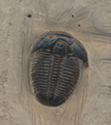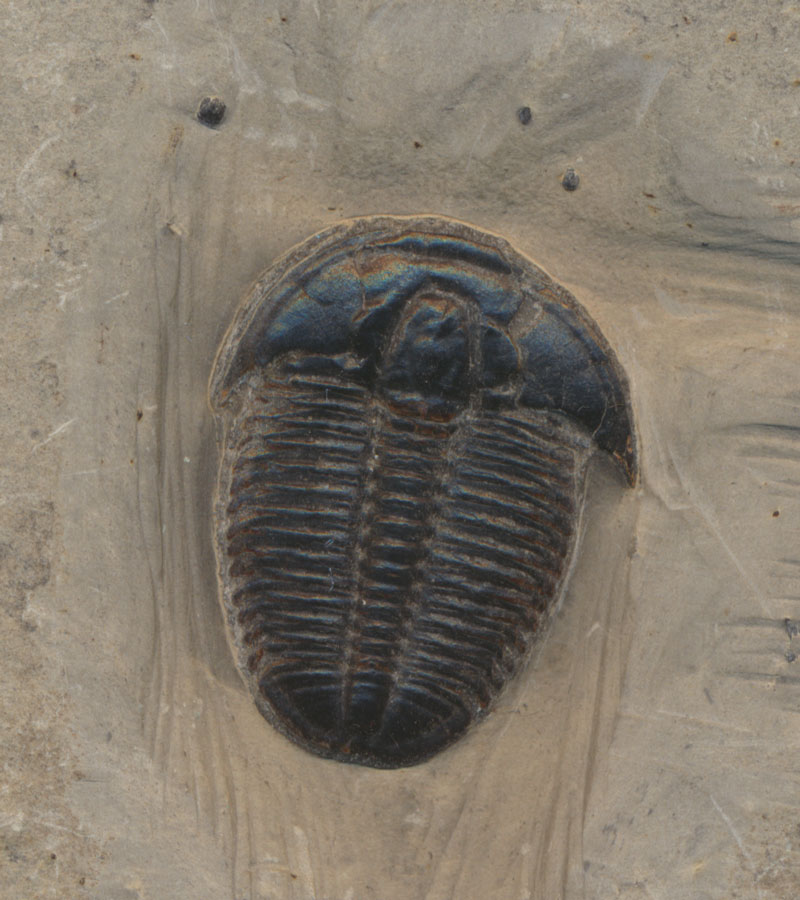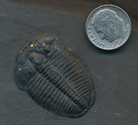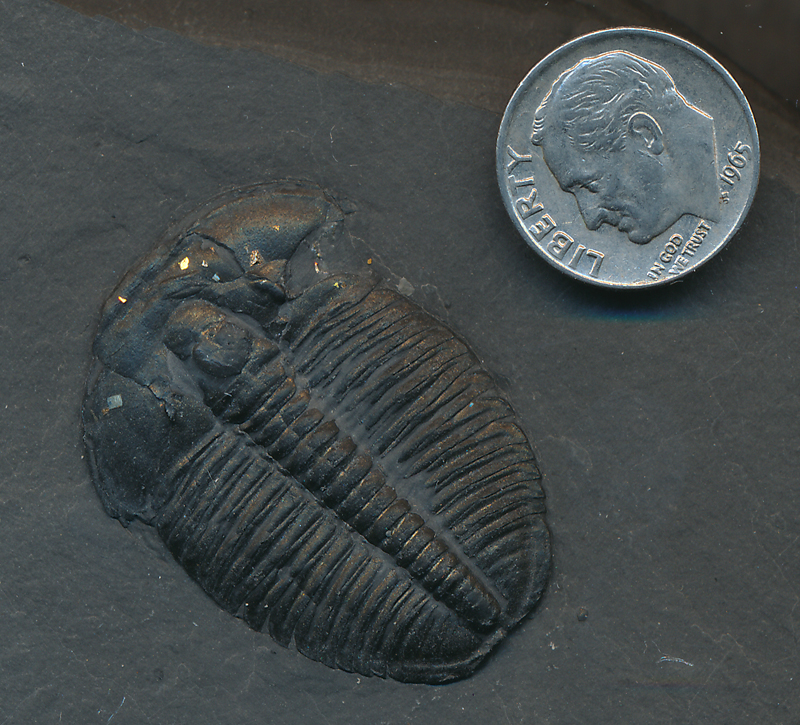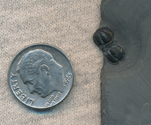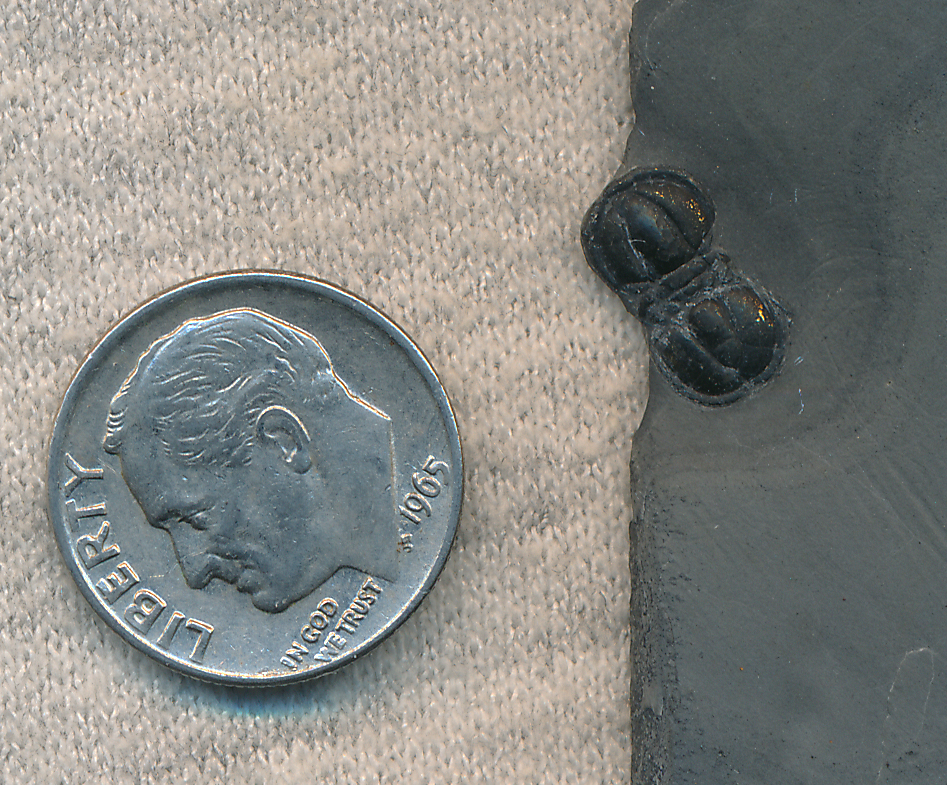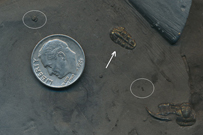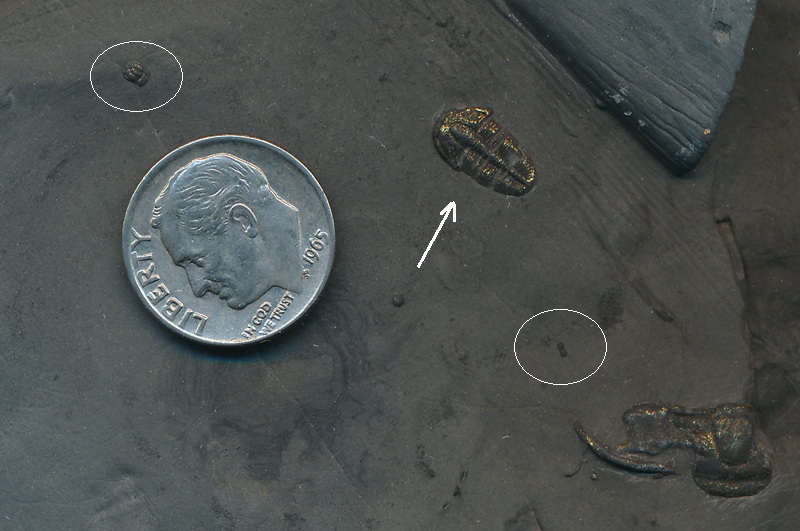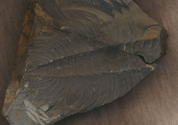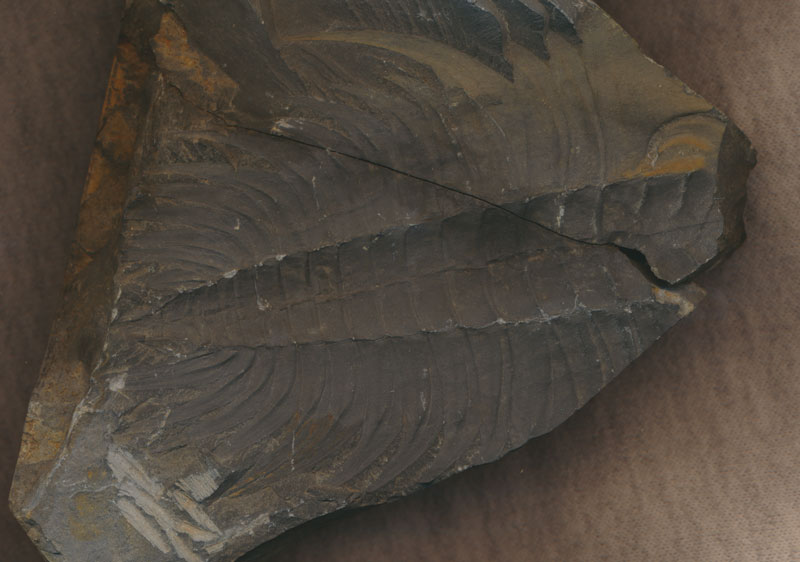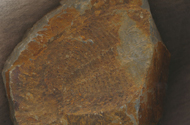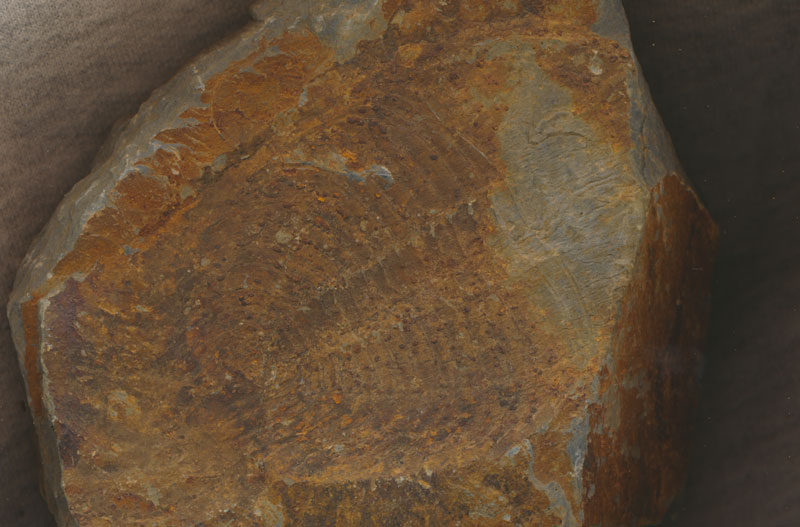Cambrian Period


The Cambrian Period is the beginning of the Phanerozoic Eon and the Paleozoic Era. Approximately eight ninths of the earth history had already taken place when the Cambrian began. Cambrian rocks formed between 542 and 488 million years ago, i.e., Cambrian sediments represent 54 million years of earth history.
Animals representing every known phyla appeared in the Cambrian fossil record. This sudden appearance of a variety of animals previously unknown in earlier rocks is often referred to as "the Cambrian explosion." The most famous formation for Cambrian fossils is the Burgess Shale in the Canadian Rockies.
Trilobites are common fossils in Cambrian rocks. Here are some examples:
